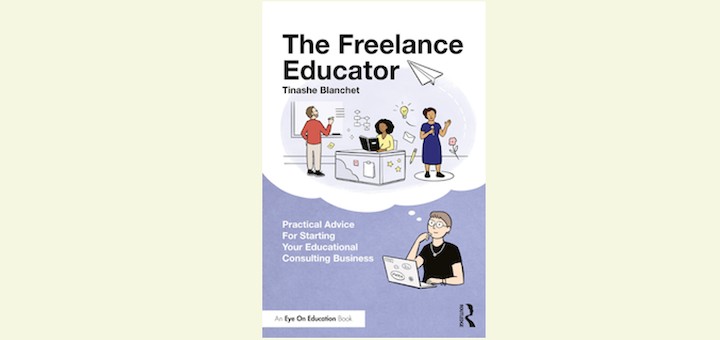Teacher Mindfulness Leads to Wellness
For educators, wellness extends beyond physical self-care; it also involves self-awareness, respect and kindness. NBCT Kathleen Palmieri shares guidelines that remind us to put boundaries in place and incorporate physical and emotional wellness into the new school year.




















